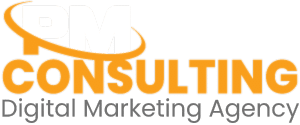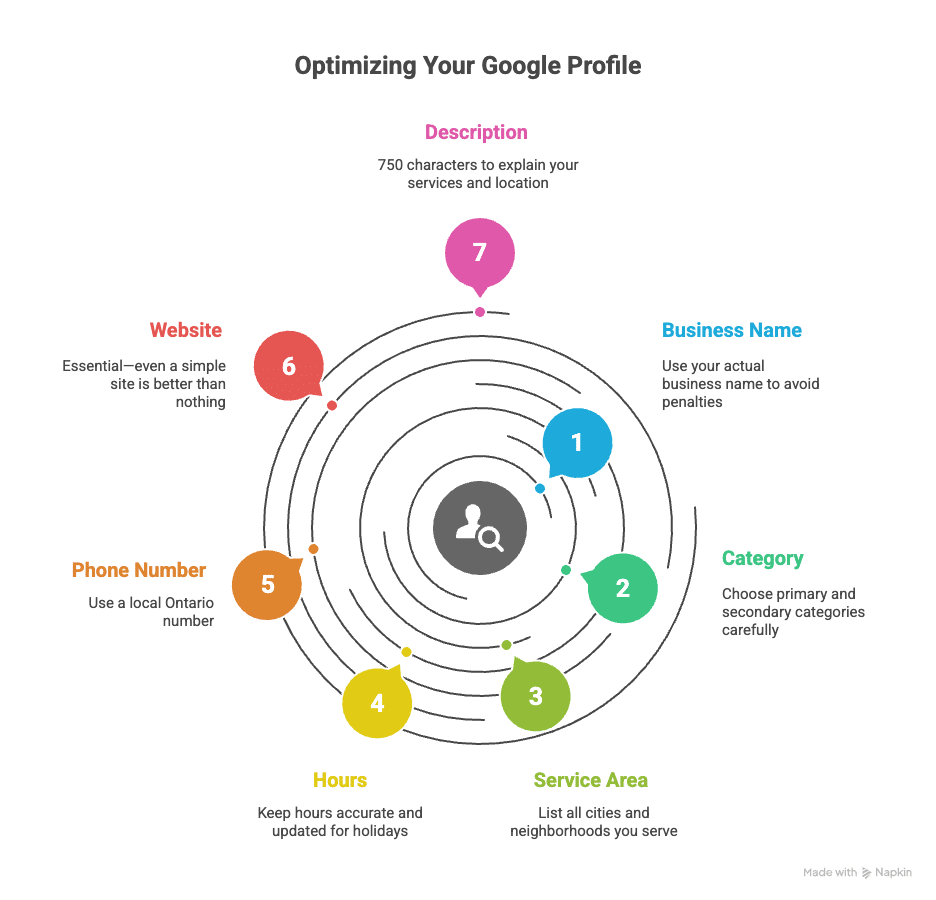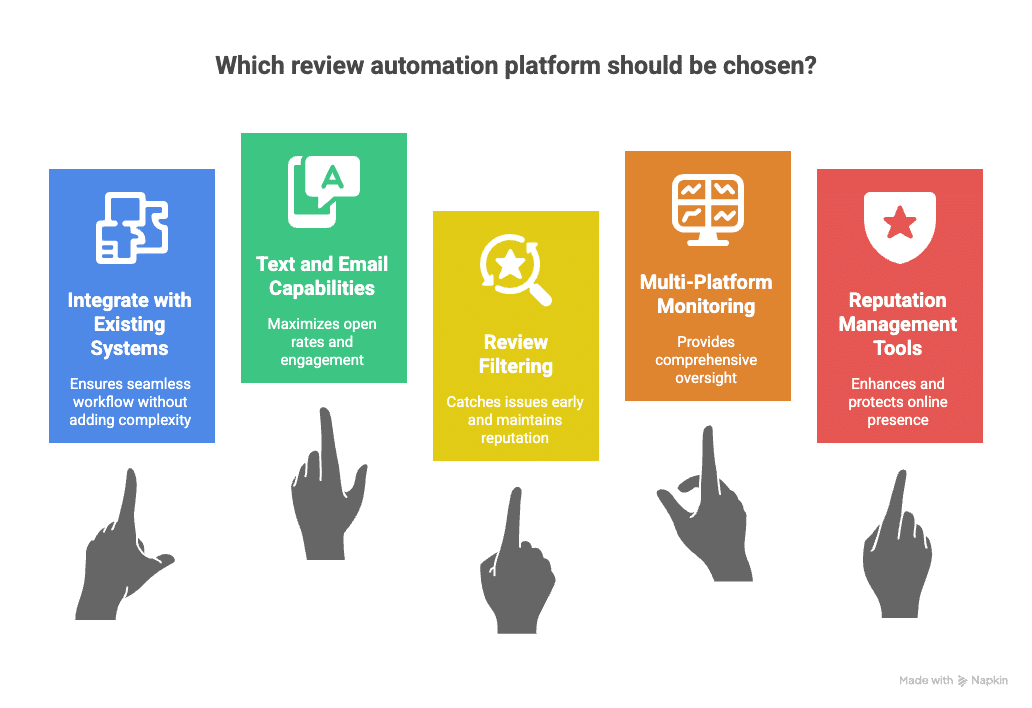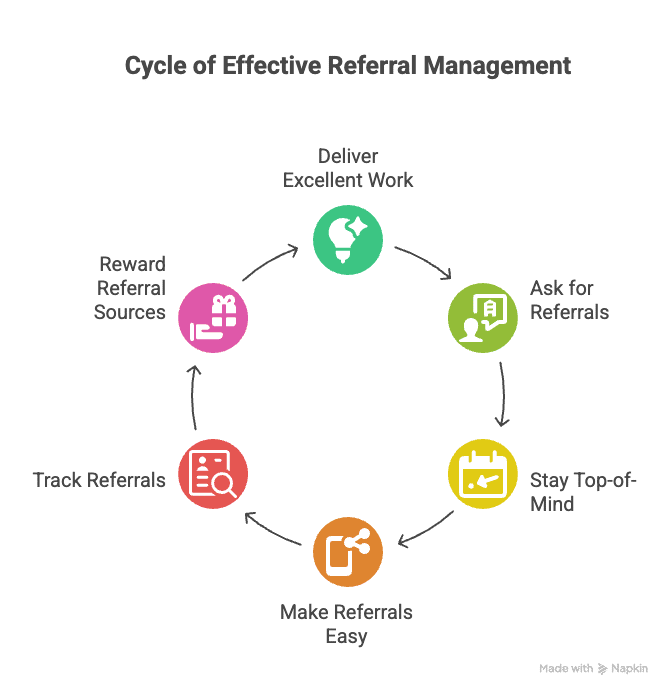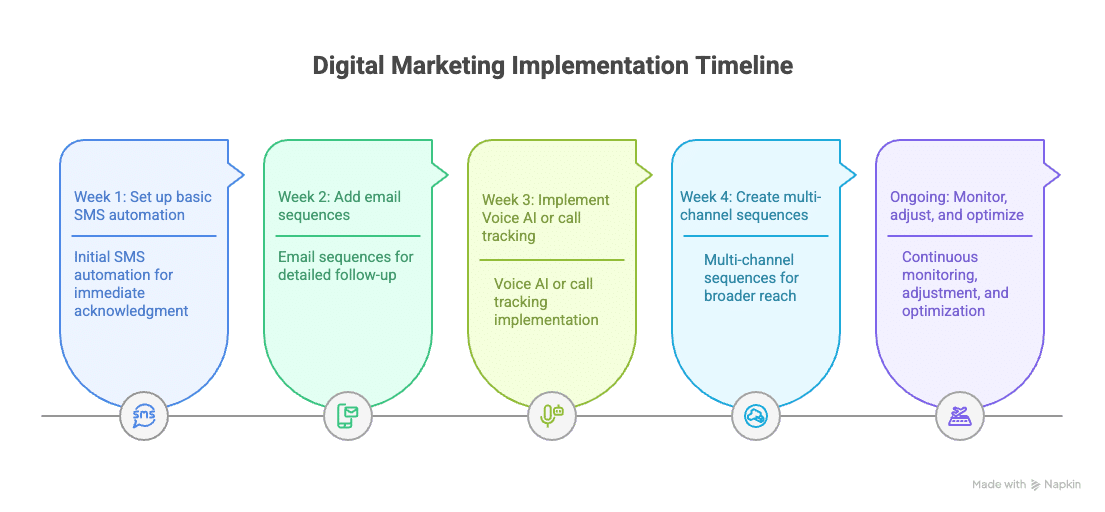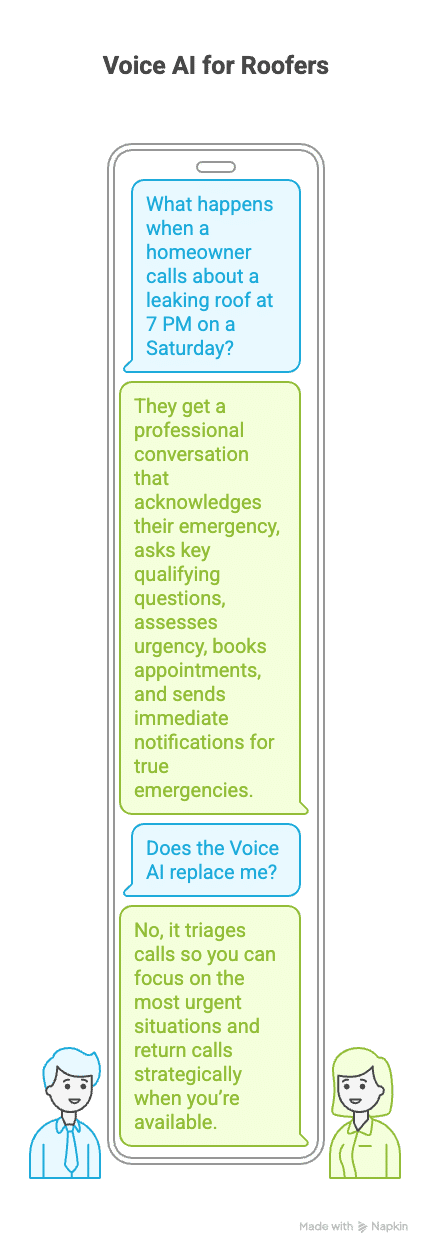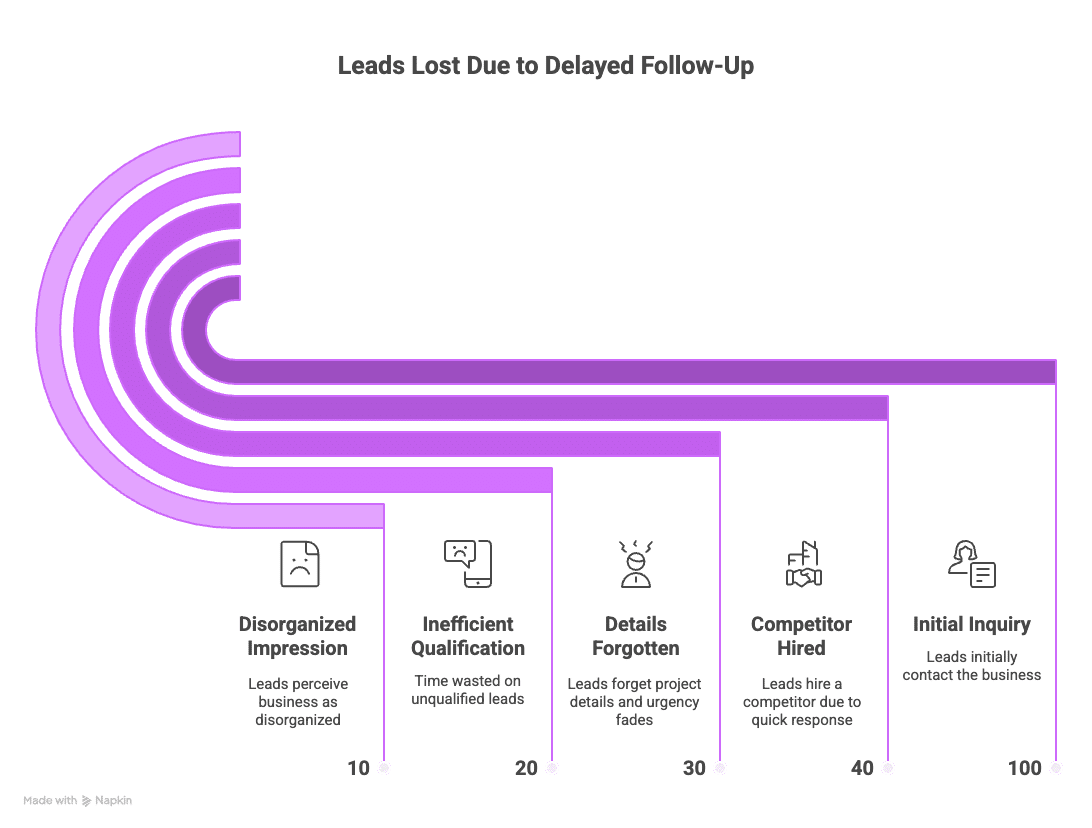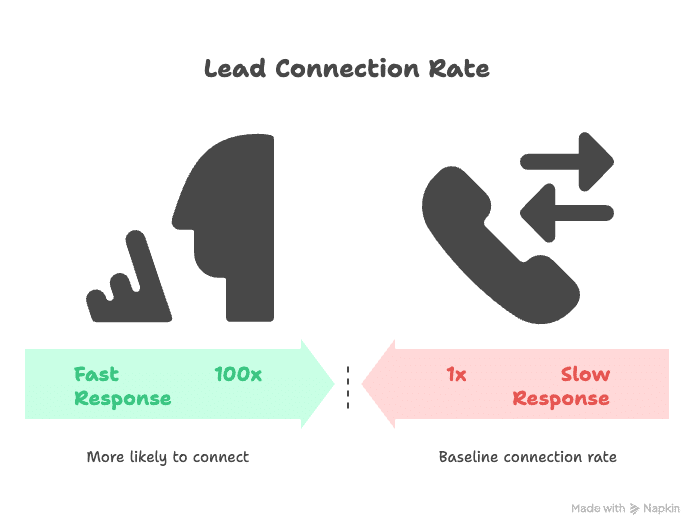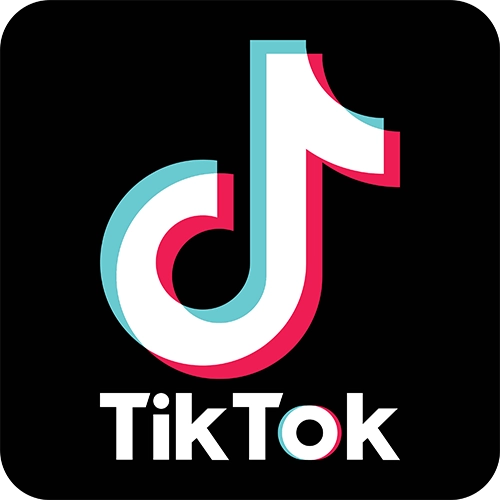How to Find and Close Local Business Clients Using GoHighLevels Prospecting Tool
If you’re a digital marketing agency owner, consultant, or anyone who works with local businesses, you know that prospecting can be one of the most time-consuming and frustrating parts of growing your business. Cold calling feels invasive, cold emails often go ignored, and trying to identify which businesses actually need your help can feel like throwing darts in the dark.
But what if there was a tool that could not only help you find prospects in any niche and location but also automatically analyze their entire online presence and generate a professional audit report you could send them? That’s exactly what I’m going to show you today with GoHighLevel’s prospecting feature.
What is GoHighLevel?
Before we dive into the prospecting tool specifically, let me give you some context. GoHighLevel is an all-in-one sales and marketing CRM that we use at PM Consulting and the Contractor Marketing Engine for absolutely everything. It’s not just a CRM—it’s a complete business operating system that handles our client communication, marketing automation, appointment scheduling, pipeline management, and so much more.
We use it not only for our own agency but for all of our clients as well. Why? Because it does everything extremely well, and it consolidates tools that would normally cost thousands of dollars per month into one powerful platform. The prospecting feature is just one piece of this incredible system, but it’s a piece that can dramatically transform how you find and close new clients.
The Cost and ROI of the Prospecting Feature
Let’s talk about investment first. The prospecting feature costs approximately $60 per month as an add-on to your GoHighLevel account. Now, I know what you might be thinking—that’s another monthly expense. But here’s the reality: if you land just one new client using this tool, it more than pays for itself.
Think about your average client value. Whether you charge $500, $1,000, or $5,000 per month for your services, a single client acquisition covers this tool for months or even years. The ROI is undeniable, especially when you consider how much time it saves you compared to traditional prospecting methods.
How the Prospecting Tool Works
Let me walk you through exactly how this tool works with a real-world example. In my demonstration, I used HVAC business owners in Barrie, Ontario as my target market. Here’s the step-by-step process:
Step 1: Define Your Search Parameters
First, you add a new prospect search by specifying:
- Industry or Business Type: In my case, HVAC business owners
- Location: Barrie, Ontario
- Radius: I used a 10-kilometer radius around Barrie
The tool then searches within these parameters to find businesses that match your criteria. This search takes just a minute or two, but what it returns is pure gold.
Step 2: Review the Prospect List
Once the search completes, you’ll see a list of prospects with multiple pages of results. Each prospect shows a conversion rate—essentially the likelihood of this prospect becoming a client based on their online presence deficiencies. This is incredibly valuable because it helps you prioritize which businesses to reach out to first.
Generally, I look for businesses with conversion rates in the 60-75% range. These are businesses that have some online presence but have clear gaps that you can help them fix. They’re not complete disasters (which might indicate a business owner who doesn’t value marketing), but they’re not perfect either (which might mean they already have a marketing agency).
Step 3: Generate and Review the Audit Report
When you click on a prospect, you can generate a comprehensive audit report. This is where the magic happens. The report analyzes multiple aspects of their online presence and presents it in a professional, branded format that you can send directly to the prospect.
Let me break down what this report includes:
What the Audit Report Analyzes
Overall Score
The report starts with an overall score—a single percentage that represents the health of their entire online presence. In my example, the HVAC business scored 59%, which immediately tells them (and you) that there’s significant room for improvement.
Website Analysis
The tool examines their website and checks for:
- Chat widgets: Does the site have live chat functionality?
- Hosting detection: What platform are they using?
- Tech stack: What marketing and analytics tools are installed?
- Google Tag Manager
- Facebook Pixel (critical if running Facebook ads)
- Google Ads tracking
- And more
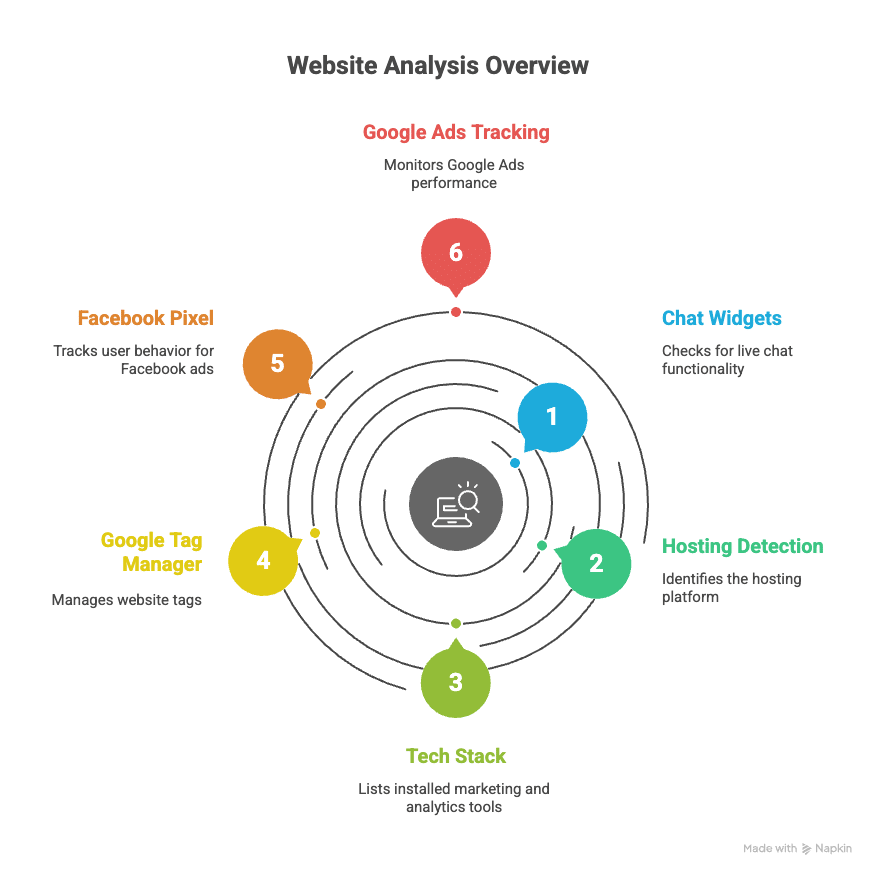
This information is valuable because it tells you what marketing infrastructure they already have in place and what’s missing.
Google Business Profile
The report analyzes their Google Business Profile (formerly Google My Business), which is absolutely critical for local businesses. For most contractors and local service providers, their Google Business Profile is where they’ll get the majority of their bookings.
In my example, the HVAC business had their Google Business Profile 100% dialed in, which is excellent. But this varies widely by business, and many companies have incomplete or poorly optimized profiles.
Citations and Listings
Here’s where things get interesting. The report shows how many citations the business has across the web. A citation is simply your business name, address, and phone number (NAP) listed on various directories and websites like:
- Apple Maps
- Yelp
- Foursquare
- Yellow Pages
- InfoUSA
- Brownbook
- And hundreds of others
Why do citations matter? Google uses these citations to verify the authenticity of your business. If your business information appears consistently across multiple trusted sources, Google views your business as more legitimate and trustworthy. This directly impacts your local search rankings.
In my example, the HVAC business had very low citation scores, which represented a clear opportunity for improvement—and a service we could offer them.
Online Reputation
The reputation section analyzes:
- Total reviews found: Across all platforms
- Negative reviews: How many and what percentage
- Star rating: Average across all platforms
- Platform-specific ratings: Google, Facebook, etc.
In the example, we found 48 reviews with only 2 negative ones (excellent) and a 4.9-star rating (also excellent). However, they had no Facebook ratings, which presented an opportunity to run a review generation campaign specifically for Facebook.
Website Performance
This section is critical because page speed directly impacts user experience and conversion rates. The report shows:
- Mobile page speed: Load time and score
- Desktop page speed: Load time and score
- Core Web Vitals: Google’s key metrics for page experience
In my example, the mobile page loaded in 2 seconds with a 69% score, while desktop loaded in 0.2 seconds with a 39% score. The core web vitals were in the red, indicating performance issues that could be losing them customers.
Nobody wants to wait for a website to load. If your page takes more than 3 seconds to load on mobile, you’re losing potential customers. This is an easy sell when you can show a business owner that their slow website is literally costing them money.
Local Search Rankings
Finally, and perhaps most importantly for local businesses, the report shows where they’re ranking in the Google Maps “3-pack” for their location. The 3-pack is those top three businesses that show up in Google Maps results when someone searches for a service.
In the example, the HVAC business wasn’t showing up in positions one, two, or three—they were in position four. This means they’re missing out on a significant amount of visibility and potential customers. Getting them into that top three is often the difference between a thriving business and one that’s struggling to get calls.
How to Use This Tool for Prospecting
Now that you understand what the tool does, let’s talk about how to actually use it for prospecting.
Step 1: Identify Your Niche
Choose an industry you want to target. Contractors (HVAC, plumbing, electrical, roofing) are excellent targets because they rely heavily on local search and often need marketing help.
Step 2: Run Searches in Target Areas
Use the radius search to find businesses in specific geographic areas. You can run multiple searches across different cities or neighborhoods to build a robust prospect list.
Step 3: Prioritize Based on Conversion Scores
Focus on businesses with conversion scores in the 60-75% range. These are your sweet spot—businesses that need help but aren’t completely hopeless.
Step 4: Generate and Send Audit Reports
Create the audit report and send it to prospects via the shareable link. This report does the heavy lifting for you. It’s branded with your company information and clearly shows the prospect where they’re succeeding and where they’re falling short.
Step 5: Follow Up With Solutions
When you follow up, you’re not making a cold pitch. You’re offering specific solutions to problems that the prospect can clearly see in their audit report. This is consultative selling at its finest.
Why This Approach Works
Traditional prospecting often fails because you’re asking businesses to trust you before they have any reason to. You’re essentially saying, “Hey, you need marketing help, and I’m the person to provide it.”
But with the GoHighLevel prospecting tool, you’re leading with value. You’re saying, “Here’s an objective analysis of your online presence. Here are the specific areas where you’re losing potential customers. Here’s how we can fix it.”
The data tells the story. You’re not just another salesperson—you’re a consultant who has done the homework and identified real problems with real solutions.
Beyond the Initial Prospect
Once you’ve closed a client using this tool, the audit report becomes a baseline. You can run the report again in 3, 6, or 12 months to show the improvements you’ve made. This is powerful for client retention and upselling additional services.
Final Thoughts
If you’re serious about growing your agency or consulting business, the GoHighLevel prospecting tool is an investment that pays for itself many times over. For $60 per month, you get a sophisticated prospecting and audit tool that would cost thousands if you tried to build it yourself.
More importantly, it changes how you approach prospecting. Instead of interrupting potential clients with unwanted pitches, you’re providing valuable insights that help them see exactly where they’re losing money and customers. That’s a conversation worth having, and it’s one that leads to closed deals.
Whether you’re working with contractors, local service providers, retail businesses, or any other type of local business, this tool gives you a competitive advantage that’s hard to match. The businesses that need marketing help are out there—this tool helps you find them and show them exactly why they need you.
If you have questions about how to implement this in your business or want to learn more about GoHighLevel, feel free to reach out. And if you found this valuable, I’d appreciate it if you’d share it with others in your community who might benefit from these insights.
Here’s to smarter prospecting and more closed deals!
Check out our last blog:
